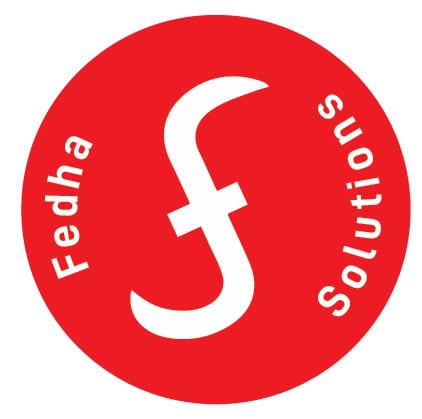Kaizen for SMEs: Continuous Improvement on a Budget
Kaizen, the Japanese philosophy of continuous improvement, isn’t just reserved for large corporations. In fact, it’s incredibly effective for small and medium enterprises (SMEs) aiming to enhance efficiency, quality, and employee satisfaction—without breaking the bank.
Why Kaizen Works for SMEs
Unlike large-scale transformations, Kaizen emphasizes small, incremental changes. These manageable steps can significantly improve operations without requiring major investments. For SMEs, this approach aligns perfectly with their agile nature and limited resources.
Start Small: Daily Improvements
Rather than overhauling entire systems, SMEs can begin with minor changes—such as reorganizing a workspace to improve flow or tweaking a process to reduce waste. Over time, these changes create a culture of continuous progress and adaptability.
Involve Everyone in the Process
SMEs often benefit from tight-knit teams, making it easier to engage employees. Encourage all staff to contribute ideas for improvement. Not only does this tap into real-world experience, but it also boosts morale and ownership. For example, regular team huddles can be held to share Kaizen suggestions.
Standardize What Works
Once a new method shows positive results, it’s essential to standardize it. SMEs can use simple documentation or checklists to ensure consistent application of improved processes. As a result, this minimizes variation and enhances product or service quality.
Use Visual Tools for Clarity
Implement visual management systems like Kanban boards or the 5S methodology (Sort, Set in order, Shine, Standardize, Sustain). These tools provide instant clarity on workflows and workplace conditions, enabling faster and more accurate decision-making.
Cut Out the Waste
One core aspect of Kaizen is waste elimination. Focus on the seven types of waste: defects, overproduction, waiting, non-utilized talent, transportation, inventory, and extra processing. For example, SMEs can reduce overproduction by aligning output with real-time demand.
Train Continuously, Even Informally
While SMEs may lack formal training programs, they can still invest in on-the-job learning. Cross-training team members increases flexibility and reduces workflow disruptions when someone is absent.
Listen to Your Customers
Customer feedback is especially valuable for SMEs. Simple steps—like asking for post-sale feedback or monitoring social media comments—can guide meaningful product or service improvements.
Host Focused Kaizen Events
Even a one-day Kaizen event targeting a specific challenge can yield great results. Assemble the team, identify a problem, brainstorm solutions, and implement the best ones. It’s a fast and effective way to drive change.
Track Your Progress
Lastly, measuring improvement is key to sustaining it. Even basic metrics like lead times, error rates, or customer satisfaction scores can help maintain momentum and show what’s working.
Conclusion: A Culture of Ongoing Growth
By embracing Kaizen, SMEs can foster a dynamic workplace where every team member contributes to success. More importantly, it reinforces that growth isn’t a one-time event—it’s a continuous journey. And that’s exactly what makes Kaizen so powerful for small businesses.
